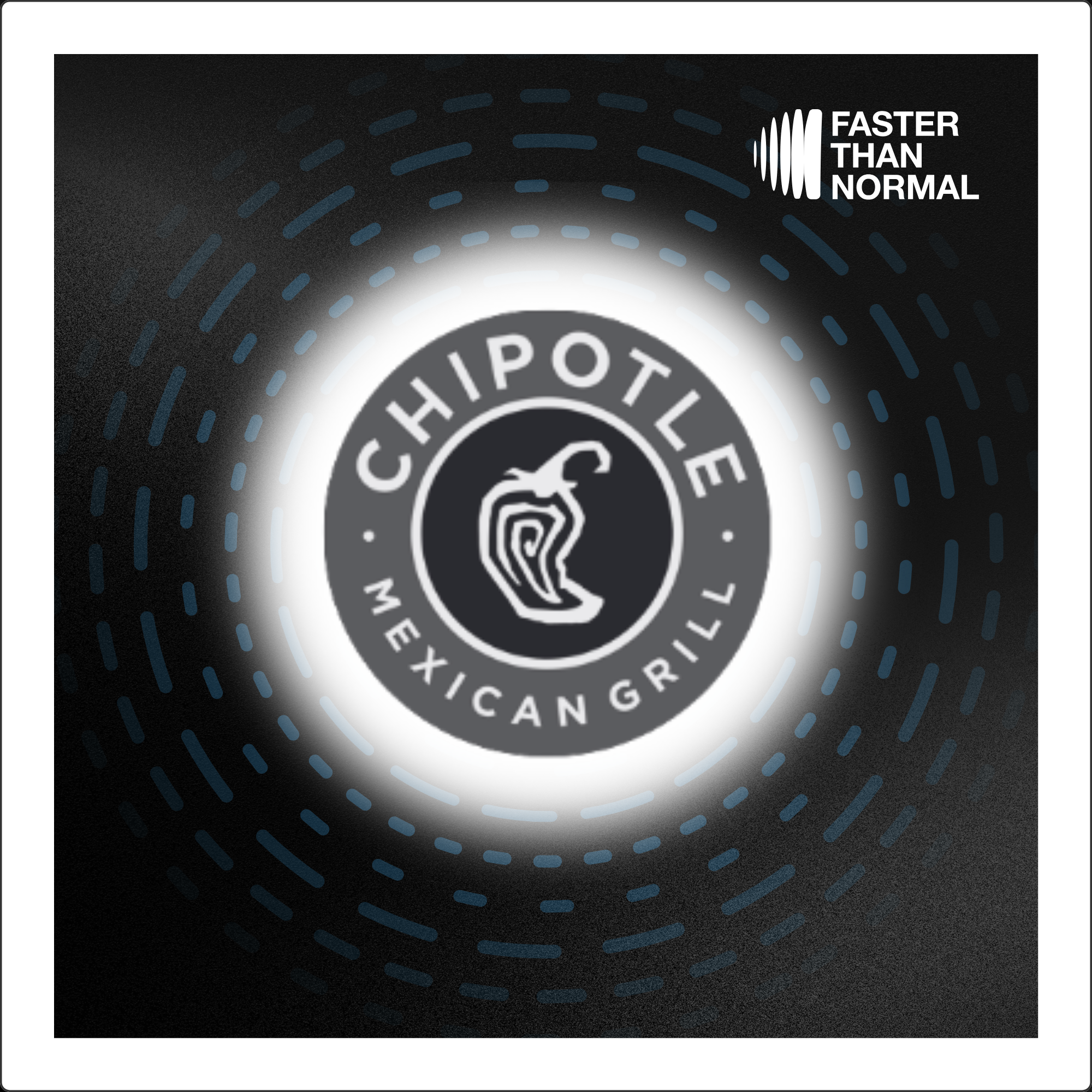Panda Express
.png)
Panda Express
Andrew and Peggy Cherng, the founders of Panda Express, didn't start with much. Andrew, born in Yangzhou, China, came to the United States for education. Peggy, born in Burma and raised in Hong Kong, followed a similar path. They met at Baker University in Kansas, where they were both students.

In 1973, Andrew and his father opened their first restaurant, Panda Inn, in Pasadena, California. It was a full-service Chinese restaurant, a far cry from the fast-food giant Panda Express would become. The early days were tough. Andrew had to offer special deals and freebies just to get customers through the door.
The spark that would ignite Panda Express came in 1983. A real estate developer, impressed by Panda Inn, invited the Cherngs to open a fast-food version in the Glendale Galleria mall. This was the birth of Panda Express.

"We didn't know anything about fast food," Andrew Cherng once said. "But we knew how to adapt."
The early years of Panda Express were marked by constant learning and adaptation. Peggy Cherng, with her background in electrical engineering and computer science, brought a systems approach to the business. She developed software to track inventory and streamline operations, giving Panda Express a technological edge over competitors.
The turning point came when Panda Express began expanding beyond mall food courts. In 1997, they opened their first stand-alone, drive-through restaurant in Hesperia, California. This move allowed them to control their destiny and accelerate growth.
"Our philosophy is to grow as fast as we can control," Peggy Cherng stated.
Success brought its own challenges. As Panda Express grew, maintaining quality and consistency across hundreds, then thousands of locations became crucial. The Cherngs focused on standardization and training, ensuring that every Panda Express delivered the same experience.
"We're not just selling food," Andrew Cherng explained. "We're selling trust."
One major challenge came during the 2008 financial crisis. Many restaurant chains struggled, but Panda Express saw an opportunity. They doubled down on expansion, opening new locations and refining their menu. This bold move paid off, setting the stage for even greater growth in the following years.
Panda Express transformed from a mall food court staple to a global brand. They expanded internationally, opening locations in Mexico, Canada, South Korea, and the United Arab Emirates. By 2024, Panda Express had over 2,200 locations worldwide.
The numbers tell a story of remarkable success. In 2014, Panda Express reported sales of $2.2 billion. By 2024, the Cherngs' net worth was estimated at $3.2 billion.

But for the Cherngs, success isn't just about financial metrics. They've made philanthropy a core part of their business model. Through their Panda Cares foundation, they've donated millions to various causes, focusing on health and education.
"We are a tribe of aunties and uncles who have been blessed with great fortune," Andrea Cherng, the Cherngs' daughter and Panda's head of marketing, said. "We want to take care of each other and the broader community.".
Lessons
Lesson 1: Apply your technical skills to unexpected fields. Don't assume your background is only useful where you’re currently using it. Peggy Cherng used her Ph.D. in electrical engineering to revolutionize fast food operations. She developed custom software for inventory tracking and data analysis that gave Panda Express a significant edge over competitors. Your technical skills can be a powerful differentiator in industries that haven't yet embraced technology.
Lesson 2: Embrace frugality as a growth strategy. The Cherngs' immigrant mentality of resourcefulness fueled their expansion. Instead of splurging on hotels, they had new store opening teams share apartments. This built team spirit and saved money. Peggy says, "We have an all-in mentality. Because we're immigrants, we have a can-do attitude. We're also very frugal." This approach allowed them to reinvest more profits into growth.
Lesson 3: Use data to standardize operations at scale. Peggy's systems thinking allowed Panda Express to maintain consistency across thousands of locations. She implemented rigorous training programs and used data to optimize every aspect of operations. This systematic approach is why Panda Express can generate about $2.4 million per store annually, outperforming many competitors.
Lesson 4: Turn challenges into opportunities. When faced with the 2008 financial crisis, Panda Express expanded aggressively while others retreated. During the COVID-19 pandemic, they became a leader in health and safety protocols. Peggy notes, "We were able to earn trust from our guests during a time when there was so much unknown and uncertainty." Always look for ways to innovate and build trust, especially during difficult times.
Lesson 5: Cultivate a growth mindset in your organization. Even after decades of success, Peggy maintains a learning orientation. She says, "Every single new step the company takes brings new things we must learn: more structures, more challenges, more organization to develop, something new to implement." This mindset keeps the company adaptable and forward-thinking, essential for long-term success in a rapidly changing industry.
Videos
- ANDREW CHERNG | My Panda Story - YouTube
- Beginnings | Andrew & Peggy Cherng | Panda Express - YouTube
- Panda Express Is The Biggest Mom & Pop Chinese Restaurant
- The Story of American Chinese Cuisine | Panda Express - YouTube
- Panda Express - Why They're Successful - YouTube
- A brief history of Panda Express - YouTube
- The invention of Panda Express most popular menu item | Video
Podcasts
Articles
- Bootstrap To Billions: 5 Strategies From Panda Express - Forbes
- Peggy Cherng's Path to Billions - Just Go Grind
- How Panda Express Keeps Dominating the Asian Food Business
- Our Family | Panda Express Canada
- Founding of Panda Express
.png)









.png)

.png)
.png)
.png)
.png)


.png)
.png)



























.png)


.png)






.png)

.png)


.png)
.png)